Exploring Doggerland
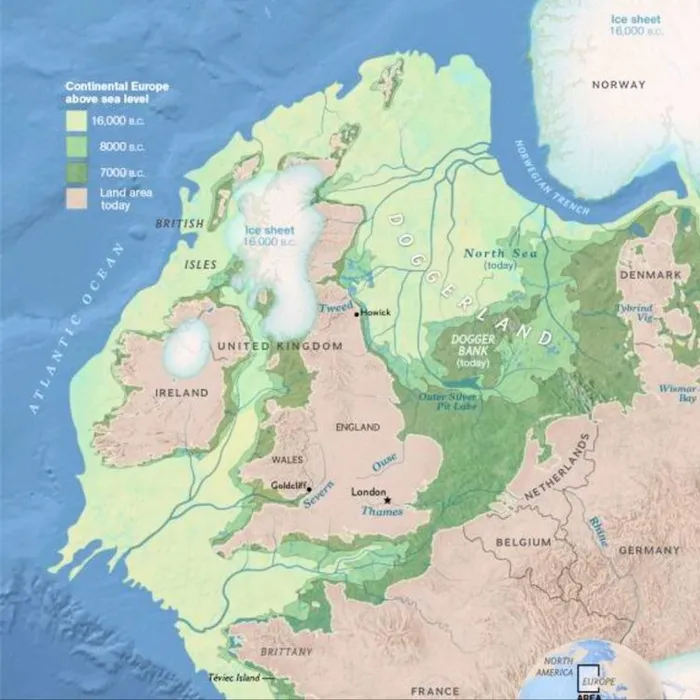
Once a thriving landscape teeming with life, Doggerland now lies submerged beneath the waters of the North Sea, leaving behind tantalizing clues to its ancient past. Named after the Dogger Bank, where remnants of prehistoric animals and artifacts are often found, Doggerland was inhabited by Mesolithic people and supported diverse ecosystems. As sea levels rose after the last Ice Age, this once-vibrant land gradually disappeared beneath the waves, offering valuable insights into prehistoric human migration and the impact of climate change.
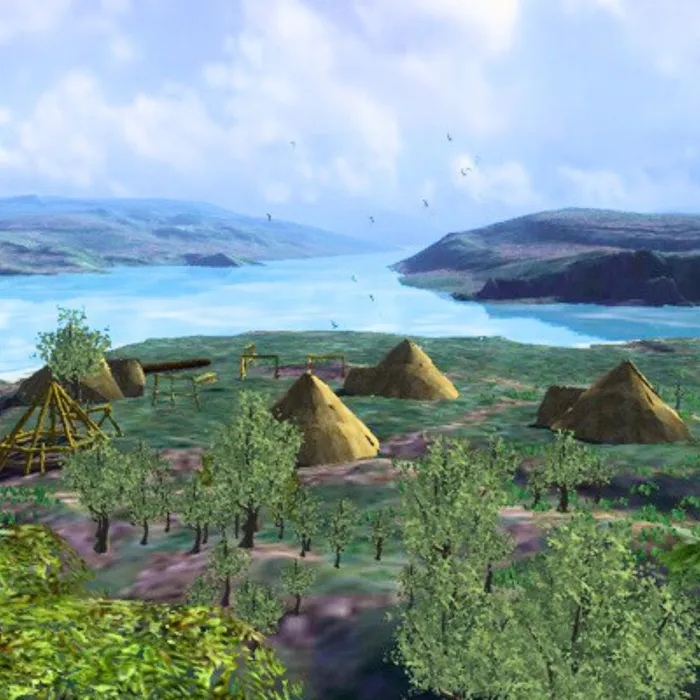
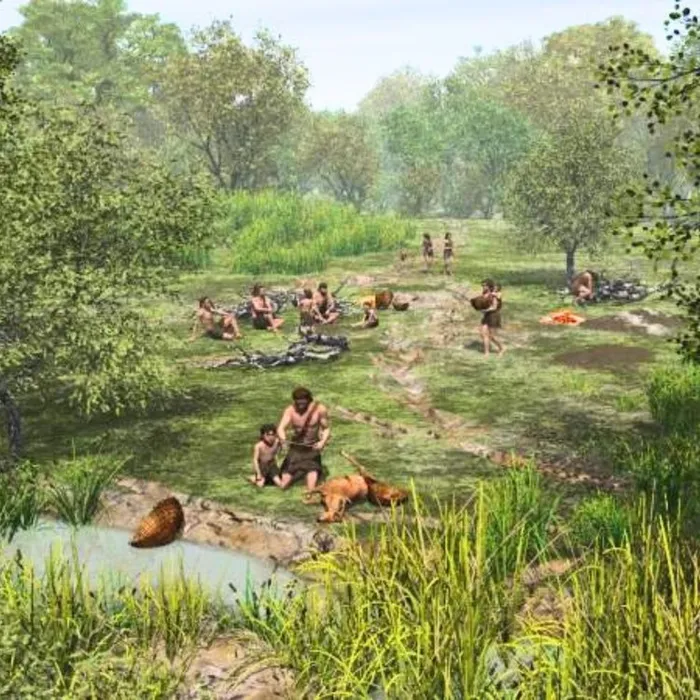
Mammoths in Doggerland
Among the legendary inhabitants of Doggerland were woolly mammoths, majestic creatures that roamed the landscape alongside early humans and Neanderthals. Standing tall with shaggy hair to withstand the cold, mammoths were a vital food source and played a crucial role in the lives of ancient communities. However, predation by humans, combined with shifting climates, eventually led to their extinction, marking the end of an era in Doggerland’s history.

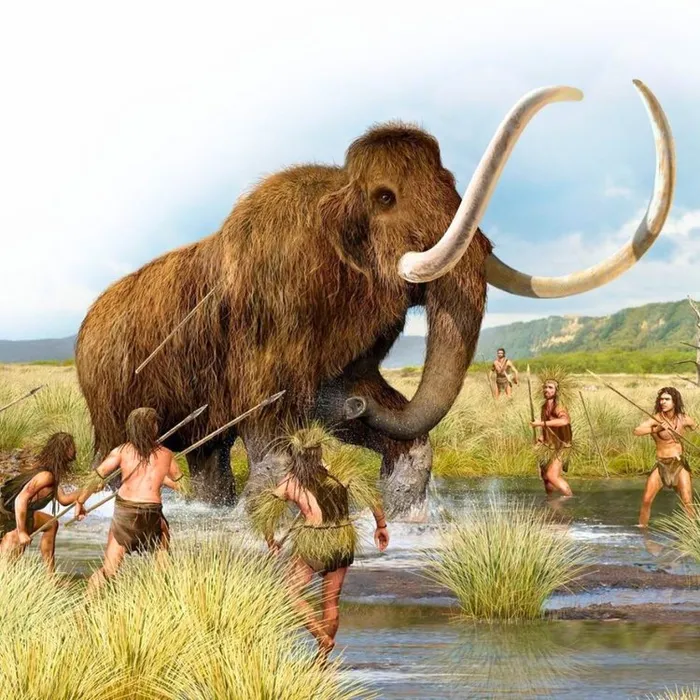
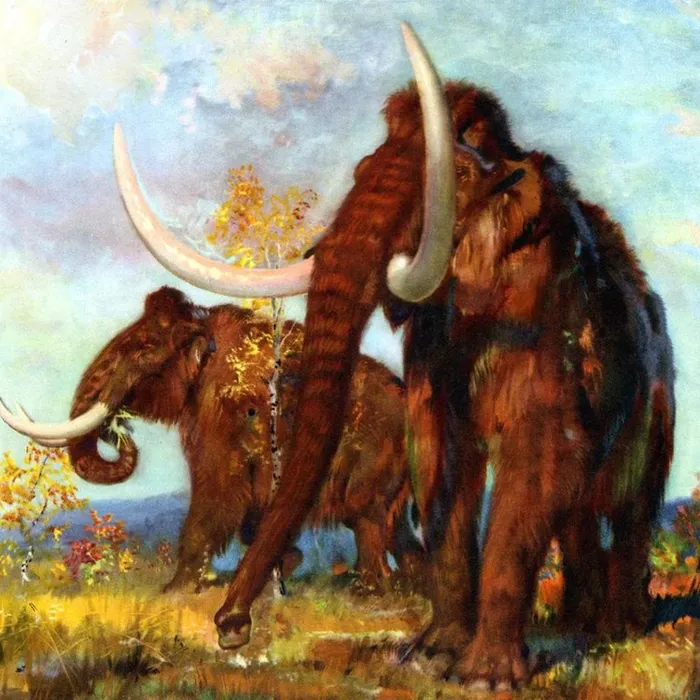
Britain’s Neanderthal Legacy
Contrary to previous beliefs, recent discoveries have revealed evidence of Neanderthal presence in Britain dating back hundreds of thousands of years. From stone tools unearthed at sites like Happisburgh to traces of Neanderthal DNA found in modern humans, these findings challenge our understanding of Britain’s ancient inhabitants. Neanderthals, with their sophisticated tool-making abilities and adaptation to their environment, played a significant role in shaping the landscape and ecosystems of ancient Britain, leaving behind a legacy that continues to fascinate scientists and archaeologists today.
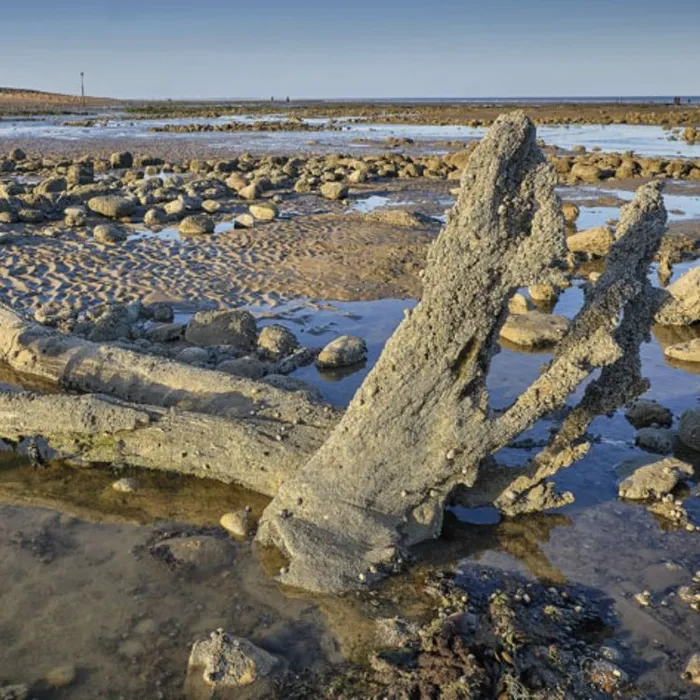
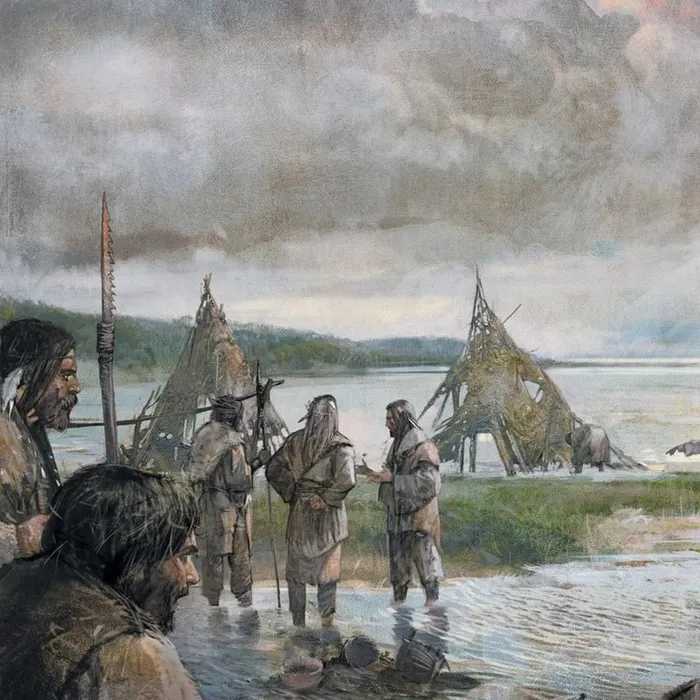

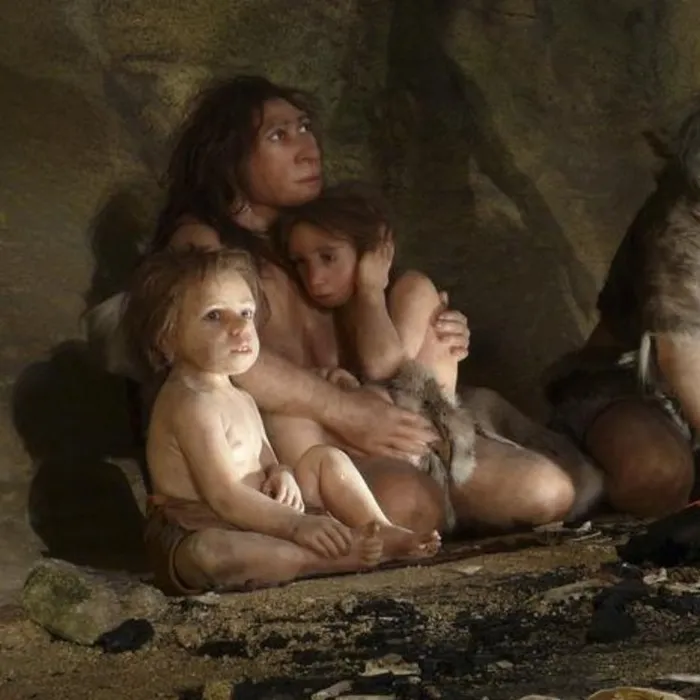
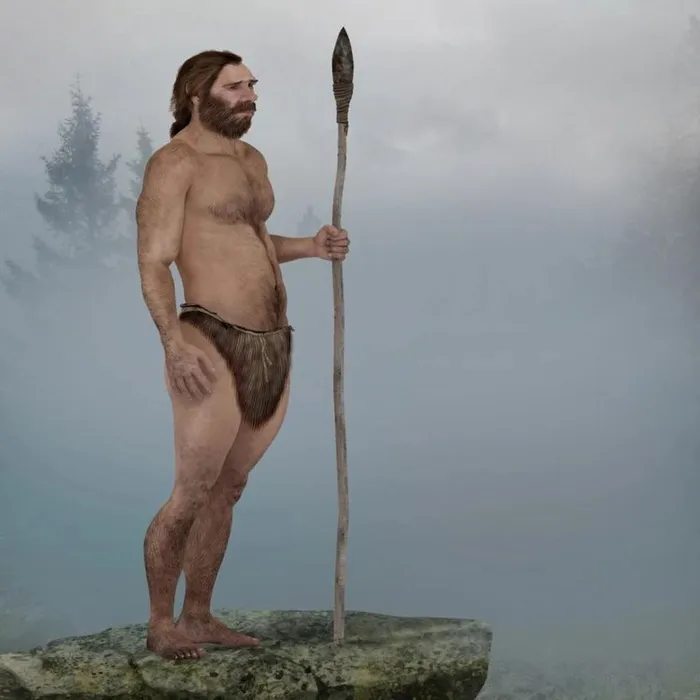
Through the study of Doggerland and Britain’s Neanderthal legacy, we gain a deeper understanding of our prehistoric past and the complex interactions between humans and their environment. These ancient landscapes and inhabitants offer valuable insights into the resilience and adaptability of early societies, reminding us of the rich tapestry of human history that stretches back millennia.
